Most recently published

An Editor’s Personal Journey to Emergency Preparedness
Catherine L. Feinman
March 27, 2024
In honor of Women’s History Month, the March edition of the Domestic Preparedness Journal features articles by inspirational women who, through their service and writing, are instrumental in building more prepared and resilient communities. The editor also shares her personal journey into emergency preparedness.

Emergency Management Goes to the Hill
Kay C. Goss and Catherine L. Feinman
March 27, 2024
Emergency managers work behind the scenes to ensure the safety, security, and resilience of communities before, during, and after a disaster. As the requests for assistance increase, funding is not meeting these demands. Leaders from three nationwide organizations went to Washington, D.C., to advocate for emergency management professionals and urge
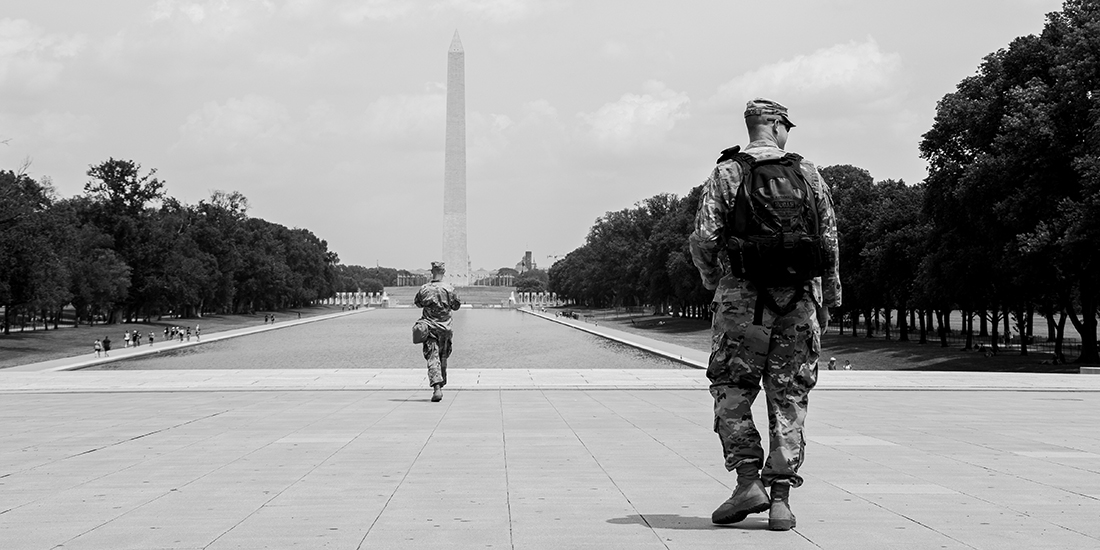
The Evolution of Homeland Security Higher Education
Heather Issvoran
March 27, 2024
After the terrorist attacks on September 11, 2001, homeland security education expanded to ensure that local, state, tribal, territorial, and federal agencies had the tools they needed to combat these threats. This academic leader shares how homeland security programs change to meet new challenges and evolving threats.
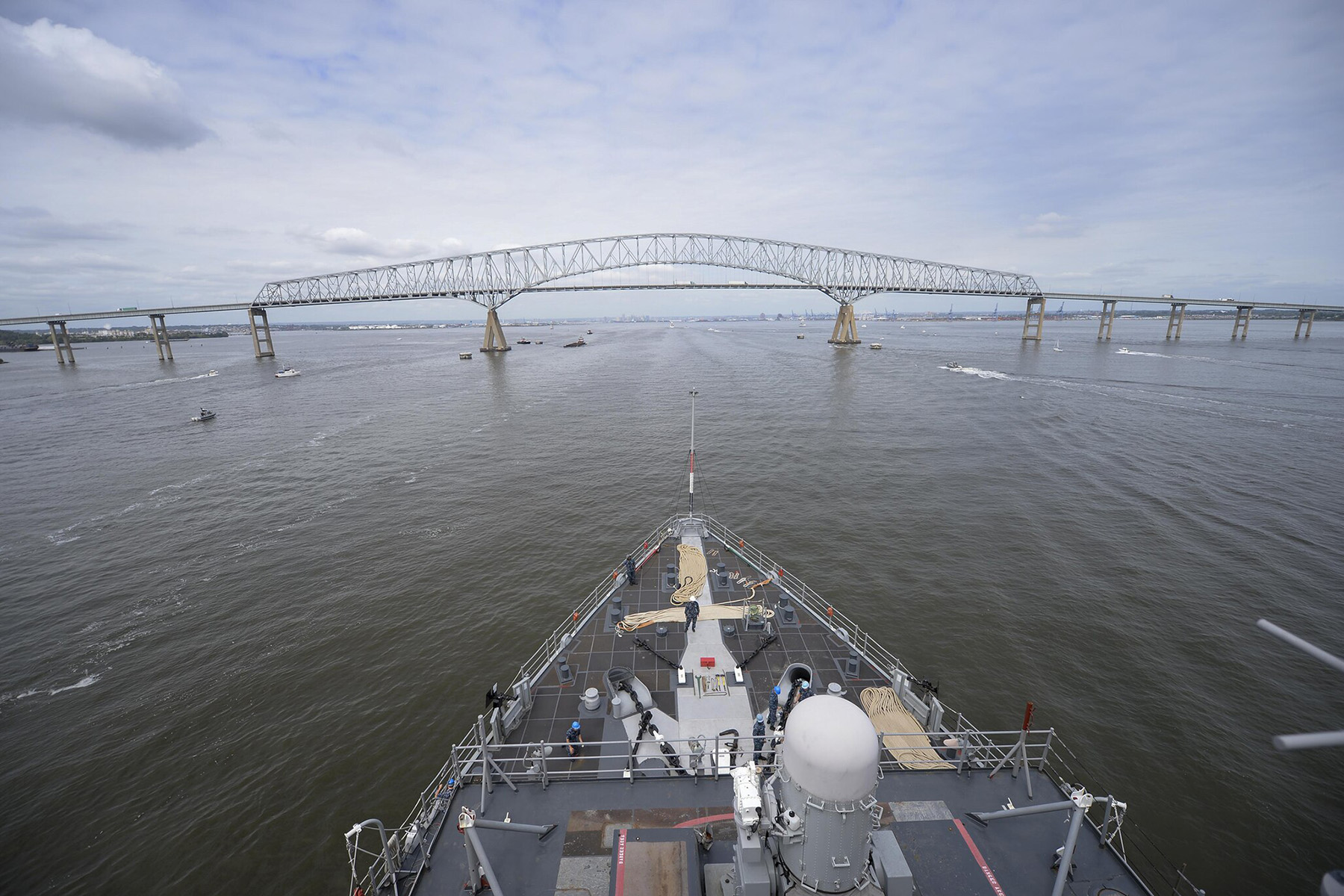
Key Bridge Collapse – Transportation Infrastructure and Global Supply Chain
Joseph J. Leonard Jr.
March 26, 2024
Any incident or event can easily disrupt the supply chain, whether local, regional, or international. Time will demonstrate the transportation, supply chain, and other critical impacts of the Key Bridge collapse in Baltimore. Here are six recommendations to ensure the plans, training, resources, capabilities, and facilities to safeguard the nation’s
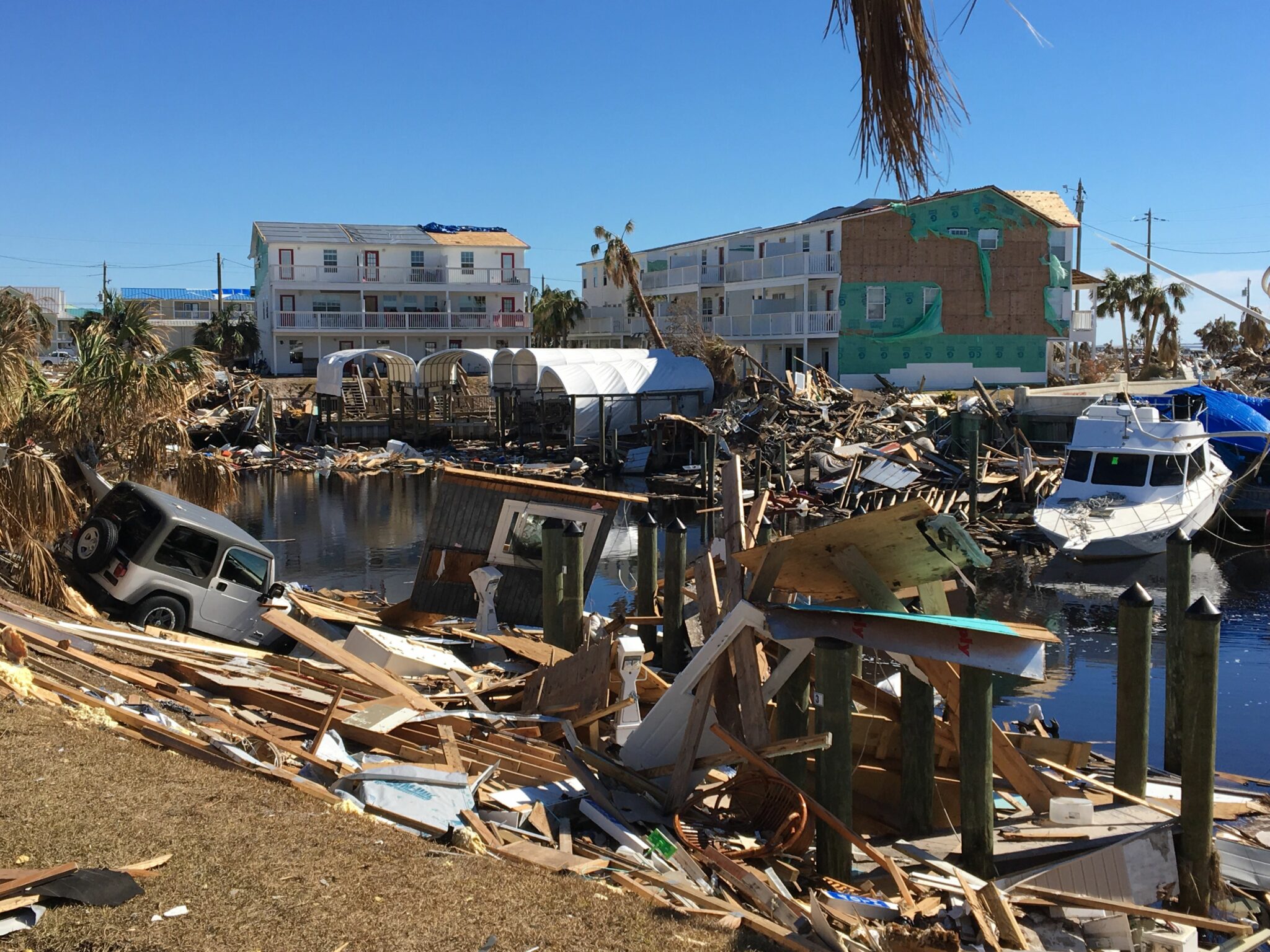
Gaining New Skills During Emergency Management Assistance Compact Assignments
Inés Bebea
March 20, 2024
Emergency management draws people from many backgrounds and career paths. Some enter the field directly from college, some as a second career, and others have circumstances that lead them to this career over time. Read inspiring stories that led three of these professionals to this growing field.
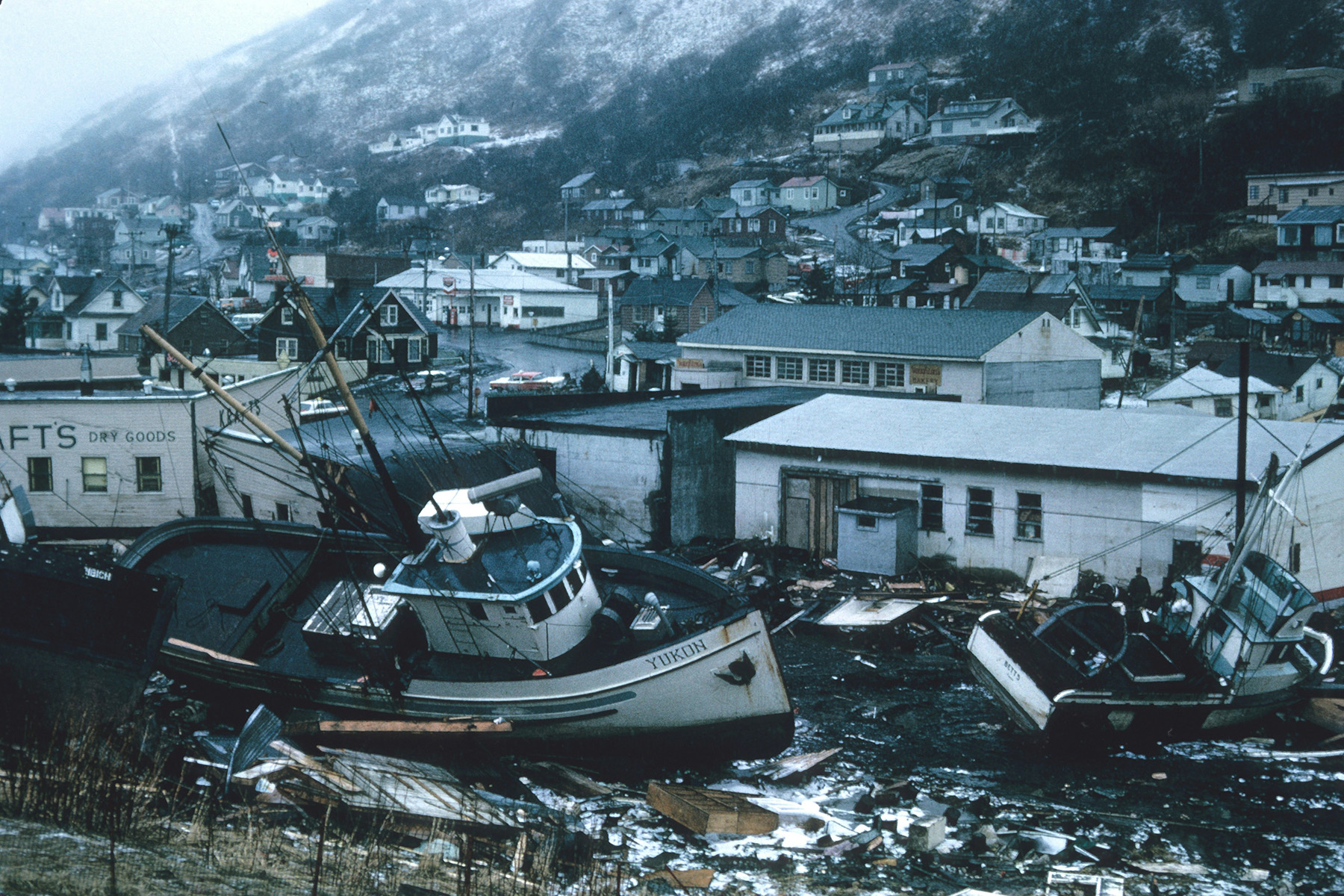
Recovery – “Coming Back” After Disasters and Emergencies
Kay C. Goss
March 20, 2024
The Federal Emergency Management Agency (FEMA) has spent decades preparing for and responding to disasters. Now, FEMA is revamping its recovery process. Learn about the current efforts from someone who was integrally involved in previous updates to the nation’s mitigation, preparedness, response, and recovery operations.

April 2024 Eclipse – Moving From Planning Into Operations
Laurel J. Radow
March 13, 2024
On April 8, 2024, the path of the total solar eclipse will cross much of the middle section of the United States – from Mexico to Canada. As solar eclipse groups move from planning to operations, find out how emergency preparedness and response professionals can provide guidance to their community

Support and Planning Inside 911 Centers
Heather McGaffin
March 13, 2024
In an emergency, call 911. This simple instruction is easy to remember, but many do not know about the people, training, and technology required to make this lifesaving tool available 24-7. Learn about what happens inside the four walls of an emergency communications center and the strategic planning every community
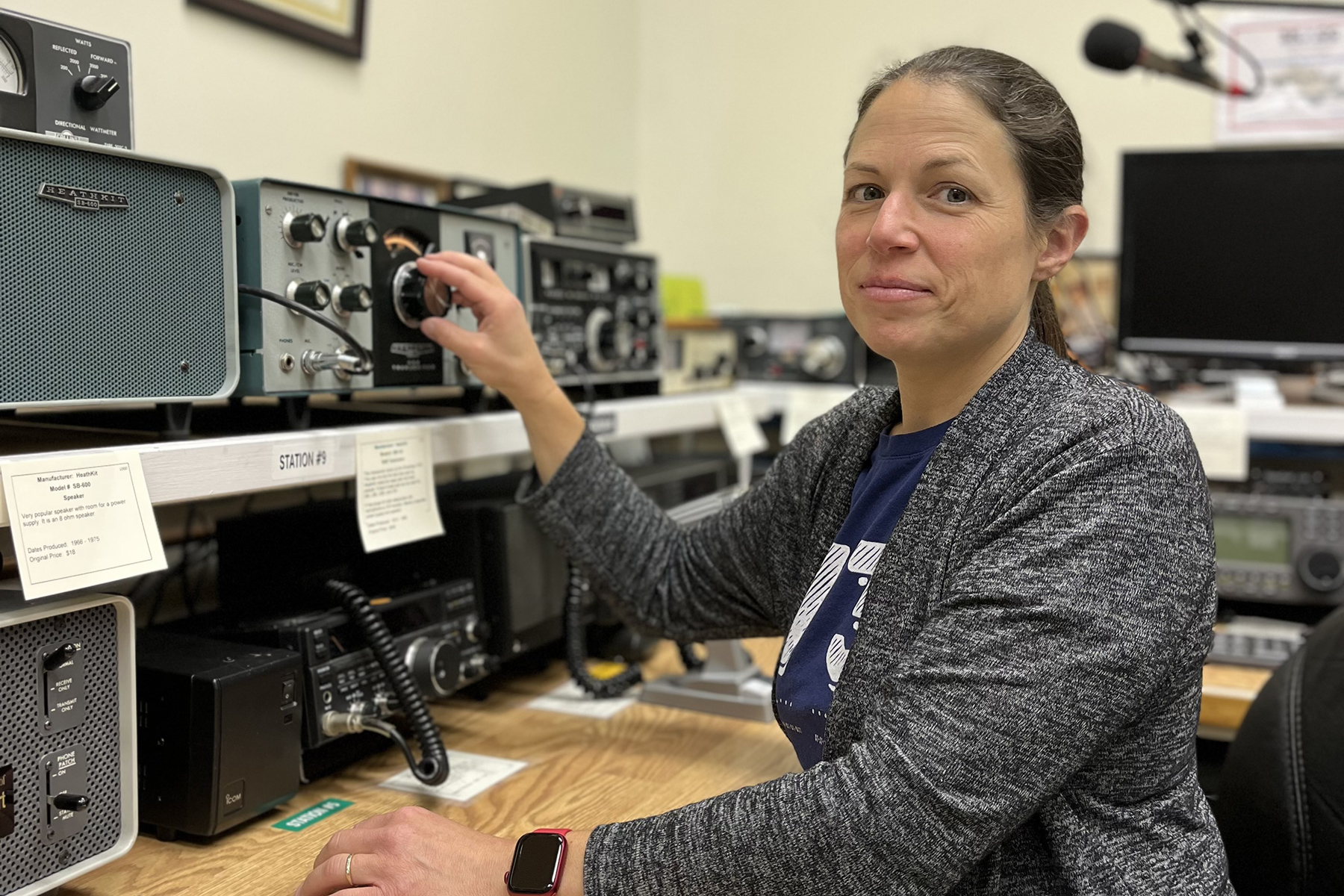
Amateurs of Action – The Women of Radio
Desiree Baccus
March 6, 2024
Volunteers are transforming emergency preparedness with an inclusive, diverse movement of impactful community engagement. Explore the inspiring stories of some remarkable women breaking barriers and building resilient communication networks in the heart of amateur radio.

Executive Function: The Crisis Leader’s Edge in a High-Pressure World
Kim Guevara
March 6, 2024
Disaster management and leadership in a fast-paced and complex world demands more than technical skills and knowledge. By understanding how the brain works and the role that executive function plays, crisis leaders can be better equipped to make tough decisions and lead effectively under the toughest pressures.

Nation-State Threats – Preparing at All Levels
Catherine L. Feinman
February 28, 2024
The February 2024 edition of the Domestic Preparedness Journal builds awareness of some of the nation’s threats and vulnerabilities. Discover protective measures and approaches for combating nation-state threats and strengthening homeland security and national resilience.

Nation-State Activity in the Age of Artificial Intelligence and Quantum Computing
Margaret (Margie) Graves
February 28, 2024
The development of artificial intelligence and quantum computing has exploded in recent years. However, as many countries find new ways to leverage these technologies for the public good, some are leveraging them for geopolitical influence, cyberattacks, and other nefarious reasons. Find out what measures could protect against threats as these

Week 2 – Restoring Infrastructure and Instilling Resilience
Joseph J. Leonard Jr.
April 1, 2024
The Key Bridge collapse was not the first of its kind, and it will not be the last. However, there are measures community leaders can take to strengthen infrastructure and instill resilience. Understanding the short-term and long-term goals after such an incident would help Baltimore and other communities restore the

An Editor’s Personal Journey to Emergency Preparedness
Catherine L. Feinman
March 27, 2024
In honor of Women’s History Month, the March edition of the Domestic Preparedness Journal features articles by inspirational women who, through their service and writing, are instrumental in building more prepared and resilient communities. The editor also shares her personal journey into emergency preparedness.

Emergency Management Goes to the Hill
Kay C. Goss and Catherine L. Feinman
March 27, 2024
Emergency managers work behind the scenes to ensure the safety, security, and resilience of communities before, during, and after a disaster. As the requests for assistance increase, funding is not meeting these demands. Leaders from three nationwide organizations went to Washington, D.C., to advocate for emergency management professionals and urge

The Evolution of Homeland Security Higher Education
Heather Issvoran
March 27, 2024
After the terrorist attacks on September 11, 2001, homeland security education expanded to ensure that local, state, tribal, territorial, and federal agencies had the tools they needed to combat these threats. This academic leader shares how homeland security programs change to meet new challenges and evolving threats.

Key Bridge Collapse – Transportation Infrastructure and Global Supply Chain
Joseph J. Leonard Jr.
March 26, 2024
Any incident or event can easily disrupt the supply chain, whether local, regional, or international. Time will demonstrate the transportation, supply chain, and other critical impacts of the Key Bridge collapse in Baltimore. Here are six recommendations to ensure the plans, training, resources, capabilities, and facilities to safeguard the nation’s

Gaining New Skills During Emergency Management Assistance Compact Assignments
Inés Bebea
March 20, 2024
Emergency management draws people from many backgrounds and career paths. Some enter the field directly from college, some as a second career, and others have circumstances that lead them to this career over time. Read inspiring stories that led three of these professionals to this growing field.

Recovery – “Coming Back” After Disasters and Emergencies
Kay C. Goss
March 20, 2024
The Federal Emergency Management Agency (FEMA) has spent decades preparing for and responding to disasters. Now, FEMA is revamping its recovery process. Learn about the current efforts from someone who was integrally involved in previous updates to the nation’s mitigation, preparedness, response, and recovery operations.

April 2024 Eclipse – Moving From Planning Into Operations
Laurel J. Radow
March 13, 2024
On April 8, 2024, the path of the total solar eclipse will cross much of the middle section of the United States – from Mexico to Canada. As solar eclipse groups move from planning to operations, find out how emergency preparedness and response professionals can provide guidance to their community

Support and Planning Inside 911 Centers
Heather McGaffin
March 13, 2024
In an emergency, call 911. This simple instruction is easy to remember, but many do not know about the people, training, and technology required to make this lifesaving tool available 24-7. Learn about what happens inside the four walls of an emergency communications center and the strategic planning every community

Amateurs of Action – The Women of Radio
Desiree Baccus
March 6, 2024
Volunteers are transforming emergency preparedness with an inclusive, diverse movement of impactful community engagement. Explore the inspiring stories of some remarkable women breaking barriers and building resilient communication networks in the heart of amateur radio.

Executive Function: The Crisis Leader’s Edge in a High-Pressure World
Kim Guevara
March 6, 2024
Disaster management and leadership in a fast-paced and complex world demands more than technical skills and knowledge. By understanding how the brain works and the role that executive function plays, crisis leaders can be better equipped to make tough decisions and lead effectively under the toughest pressures.

Nation-State Threats – Preparing at All Levels
Catherine L. Feinman
February 28, 2024
The February 2024 edition of the Domestic Preparedness Journal builds awareness of some of the nation’s threats and vulnerabilities. Discover protective measures and approaches for combating nation-state threats and strengthening homeland security and national resilience.
A Foreign Government, Oprah, and Fires in Maui: The Impact of Misinformation on Community Resiliency
Marek N. Posard and Jessica Jensen
February 21, 2024
A misinformation campaign spurred rumors that Oprah Winfrey caused the August 2023 wildfires in Maui. Foreign actors are drawn to spreading such rumors because social media is low-cost and easy to use. Learn what local professionals can do to combat these falsehoods.
Protecting Infrastructure – Cyber, Physical, and EMP Attacks
David Winks
February 21, 2024
Imagine 3,500 spiders, each with their own style, getting together to create a giant web. That’s how this author describes the U.S. power grid and the complexities related to protecting the nation’s critical infrastructure from cyber, physical, and electromagnetic pulse attacks.
Fighting Cyberattacks at the Western Hemisphere’s Busiest Port
Gene Seroka
February 14, 2024
Cargo shipping ports are highly visible and vulnerable targets for cybercriminals. The executive director of the Port of Los Angeles shares their efforts to combat millions of cyber-intrusion threats each year.
Repeated Intelligence Failures – Not Connecting the Dots
Robert Leverone and Darren E. Price
February 14, 2024
Gathering intelligence about potential threats is a daunting task that many agencies perform. When agencies do not effectively share intelligence, they may miss connecting the dots necessary to create actionable plans to thwart attacks and save lives.
The [Evil] Empire Strikes Back: National Security Emergencies
Robert J. (Bob) Roller
February 7, 2024
After the Cold War fears of the 1980s ended, attention shifted from nation-state threats to terrorism and large-scale natural hazards. However, a federal emergency planner says the return of these threats should prompt a review of the national security emergencies concept to ensure communities are prepared to address them.
Needed: More Imagination for Countering Domestic Risks
Jeanne Benincasa Thorpe
February 7, 2024
From “Lord of the Flies” to the terrorist attacks of 9/11, significant consequences have been blamed on failures of imagination. Avoid repeating past mistakes and increasing risk through innovation, new technologies, and forward-thinking.
Commercial Facilities Sector Perspectives
Kole (KC) Campbell
January 31, 2024
Commercial facilities dominate the U.S. economy, contributing trillions of dollars to the U.S. gross domestic product while employing and supporting millions of jobs. Learn more about this critical infrastructure sector and its interdependencies.
Unleashing Community Resilience Through Collaborative Leadership
Michael Valiente
January 31, 2024
Elected officials and emergency response personnel form the nucleus of community leadership, a driving force for collaborative relationships with local stakeholders. Find out how community leaders who adopt the tenets of transformational leaders can promote resilience and security in their jurisdictions.
New Year’s Resolution – Stronger Communities
Catherine L. Feinman
January 31, 2024
For many, the first month of each year spurs a renewed energy for change and setting higher goals. This January, what New Year’s resolution would make your community stronger and more resilient?
Rising Above the Flood: A Decision Tool for Structural Safety
Cedric Ling, Debashish Kar, Nur Yazdani, Eyosias Beneberu, Maria Koliou and Yong Yoo
January 24, 2024
When homeowners choose to elevate their homes above flood levels, they may compromise the structural integrity of the building if the elevation method does not use the correct specifications. This new tool closes decision gaps that current guidelines and building codes do not address.
Weathering the Unknown: Inside Grant County Emergency Management
Tara Leigh Goode
January 24, 2024
When threatening weather approaches, communities must make tough decisions. Grant County, Minnesota, is building on its lessons learned to better prepare for future severe storms.
Beyond Patient Care: Family Reunification Planning for Hospitals
Michael Prasad
January 17, 2024
To meet a community’s mass care family reunification needs after a disaster, hospitals and other healthcare facilities must have plans and procedures in place for mass casualty incident response, which goes beyond patient care. Here are some recommendations for them to develop a collaborative strategic plan.
Follow Us
Get Instant Access
Subscribe today to Domestic Preparedness and get real-world insights for safer communities.


